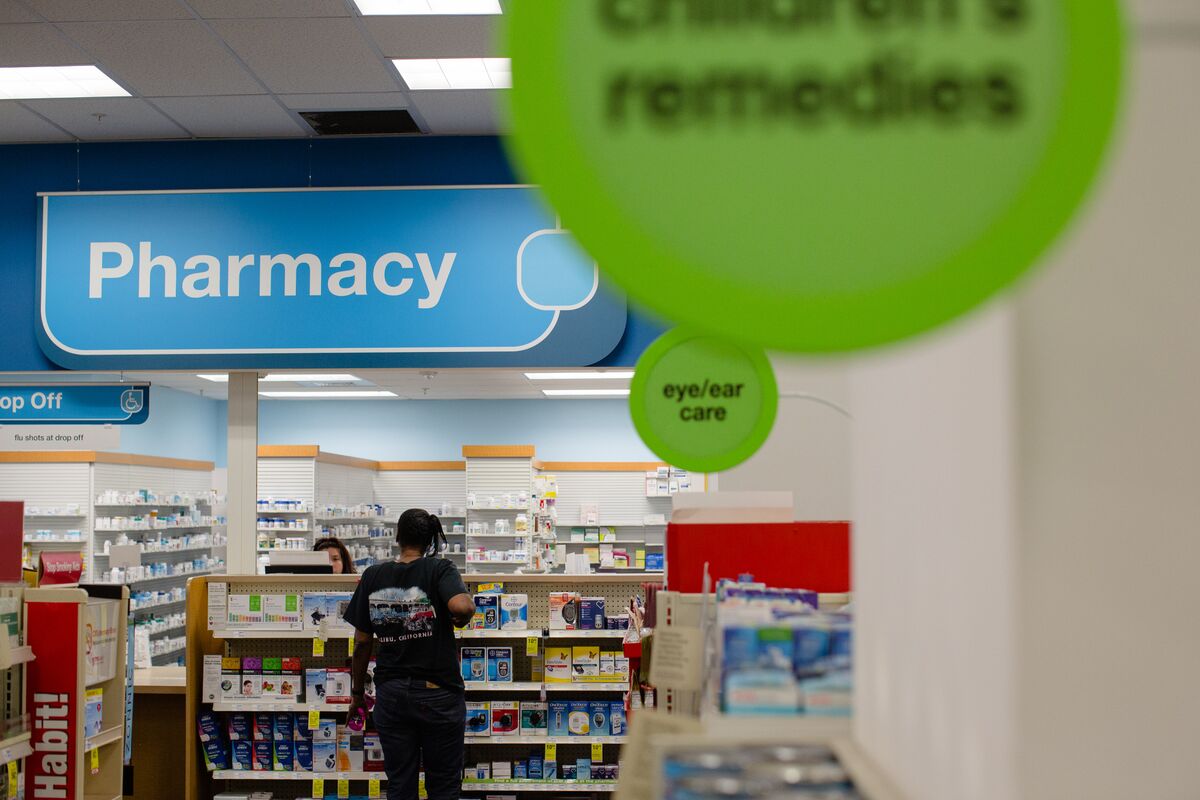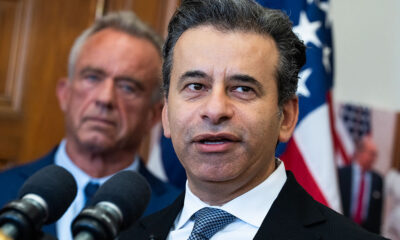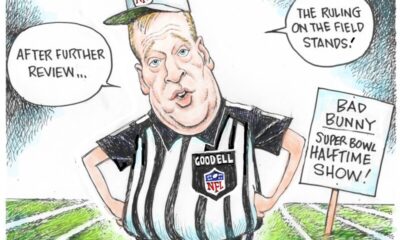Health
Trump’s Drug Pricing Deals Fail to Address High Costs for Many

Recent agreements initiated by former President Donald Trump to lower drug prices in the United States have not sufficiently addressed the high costs of many essential medications. A thorough analysis reveals that despite promises to make healthcare more affordable, numerous drugs remain inaccessible to patients, even after their patents expire. This situation has become increasingly critical, particularly as the U.S. continues to grapple with exorbitant pharmaceutical costs compared to other regions, including Europe.
Analysis of Drug Pricing Dynamics
In a collaborative investigation, researchers including Naomi Kresge have explored why certain medications do not become cheaper over time, despite their age and patent status. The findings indicate that many drugs retain their high prices due to a complex interplay of factors, including lack of competition and ongoing market exclusivity. This phenomenon is particularly evident in the U.S., where prices for some medications can be several times higher than those in Europe.
For instance, a well-known diabetes medication that costs around $300 in the U.S. is available for approximately $75 in Germany. This stark contrast raises questions about the effectiveness of Trump’s pricing strategies, which aimed to reduce costs through negotiations with pharmaceutical companies. As many patients continue to struggle with affordability, the need for a more comprehensive reform becomes clear.
Impact on Patients and Healthcare Systems
The high costs of medications have significant implications for patient health outcomes and national healthcare systems. According to the U.S. Department of Health and Human Services, nearly one in four Americans has reported not filling a prescription due to cost. This statistic underscores the urgent need for effective pricing solutions that extend beyond recent agreements.
While the Trump administration’s efforts included initiatives to lower prices for certain high-cost drugs, many essential treatments remain excluded from these deals. For example, life-saving therapies for chronic conditions and certain cancer treatments continue to be priced out of reach for many patients. This inconsistency raises concerns about the overall effectiveness of the current approach to drug pricing.
Additionally, the European Commission has noted that while the U.S. has taken steps to address pharmaceutical pricing, a more coordinated international effort may be necessary to create equitable access to medications worldwide. As the pharmaceutical landscape evolves, it is crucial for policymakers to reassess their strategies to ensure that all patients have access to affordable treatments.
As discussions around drug pricing continue, the focus must remain on ensuring that the strategies implemented not only reduce costs for some but also encompass a broader range of medications essential for patient care. The ongoing challenges faced by patients highlight the need for persistent advocacy and reform in the pharmaceutical sector. Without significant changes, high drug prices will likely remain a pressing issue for many individuals in the U.S. and beyond.
-

 Science2 weeks ago
Science2 weeks agoResearchers Challenge 200-Year-Old Physics Principle with Atomic Engines
-

 Politics2 weeks ago
Politics2 weeks agoNHP Foundation Secures Land for 158 Affordable Apartments in Denver
-

 World7 days ago
World7 days agoBoeing’s Aircraft Production: Assessing Numbers and Challenges
-

 Lifestyle5 days ago
Lifestyle5 days agoTrump’s Push to Censor National Parks Faces Growing Backlash
-

 Entertainment6 days ago
Entertainment6 days agoSyracuse Stage Delivers Lively Adaptation of ‘The 39 Steps’
-

 Health2 weeks ago
Health2 weeks agoNeuroscientist Advocates for Flag Football Until Age 14
-

 Lifestyle2 weeks ago
Lifestyle2 weeks agoLongtime Friends Face Heartbreak After Loss and Isolation
-

 Science6 days ago
Science6 days agoAI Misidentifies Doritos Bag as Gun, Triggers Police Response
-

 Lifestyle6 days ago
Lifestyle6 days agoRed Bluff High School’s Elli Nolan Named Rotary Student of the Month
-

 Health2 weeks ago
Health2 weeks agoFDA Launches Fast-Track Review for Nine Innovative Therapies
-

 Politics5 days ago
Politics5 days agoNFL Confirms Star-Studded Halftime Show for Super Bowl LVIII
-

 World2 weeks ago
World2 weeks agoGlobal Military Spending: Air Forces Ranked by Budget and Capability









